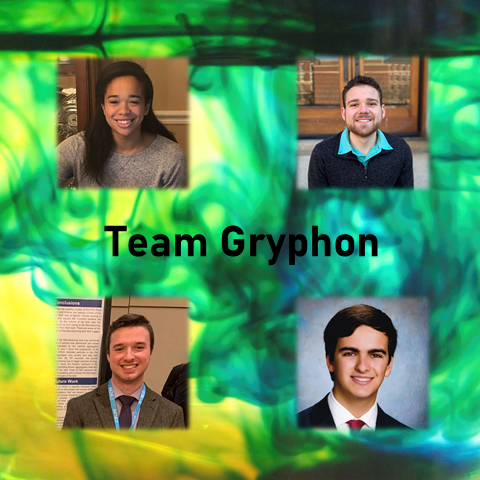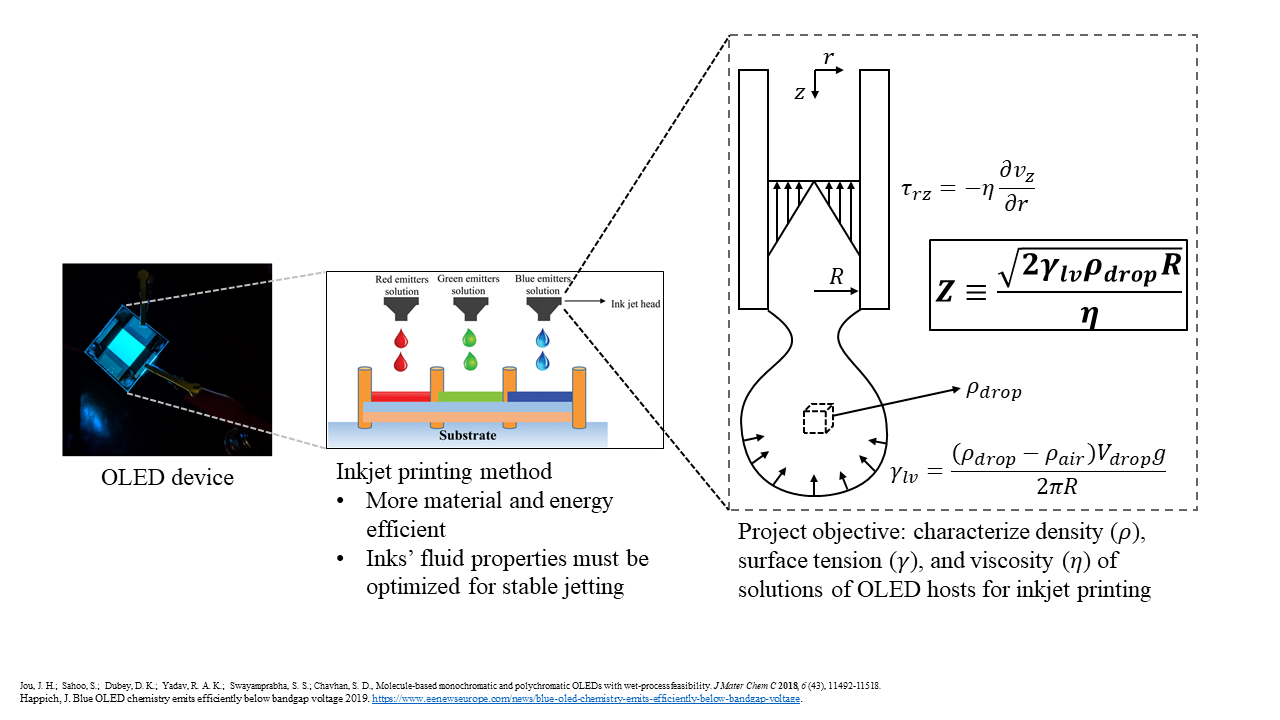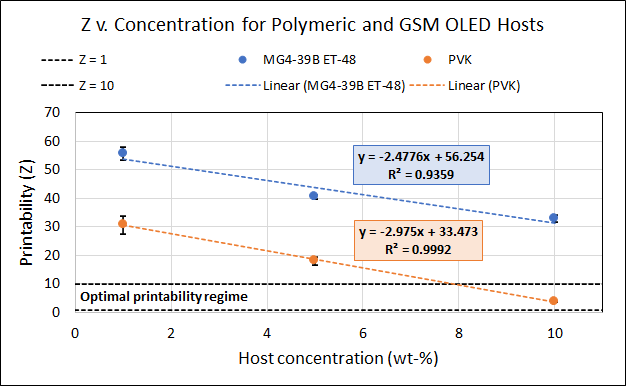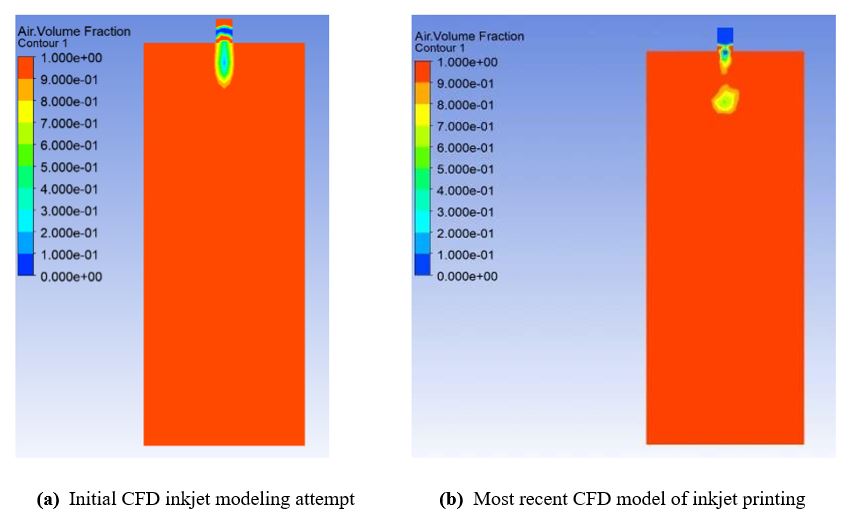Team Members
Londrea Garrett
Daniel Krajovic
Zachary Oliver
William Potter
Supervisors
Professors David Foster and Mark Juba, Chemical Engineering
Customers
Molecular Glasses, Inc.
Description
Inkjet printing of OLED host solutions for display manufacture has the attractive attribute of superior energetic and material efficiency, especially with highly concentrated solutions. Stable jetting requires an optimal balance of physicochemical and rheological solution properties. Conventionally, polymeric hosts are used, but these viscosify considerably upon concentration, which has shifted interest to glassy small-molecule hosts. We comparatively analyzed the printability of polymeric and small-molecule host solutions as a function of concentration.




